A Dome You Could Spot from the Streetcar
Before the flood of downtown towers, the Allen County Courthouse was the monument people gave directions by.
Its copper dome, 255 feet above Calhoun Street, caught sunlight that bounced off every windowpane in Fort Wayne.
It opened in 1902, but the story starts earlier, when a growing city needed more than its aging civic buildings. Look closely, and you’ll find hints of how that need was turned into marble columns and scagliola walls.
Breaking Ground in a Changing Town
Plans for the Allen County Courthouse came together at a moment when Fort Wayne’s ambitions were pushing past its infrastructure.
On November 17, 1897, local officials gathered to lay the cornerstone on a parcel bordered by Main, Berry, Clinton, and Calhoun Streets.
That act marked more than a beginning; it formalized years of discussion about how Allen County would house its courtrooms, records, and growing bureaucracy.
The architect, Brentwood S. Tolan, had already been commissioned, and the design was unmistakably Beaux-Arts.
Construction began shortly after. Materials started arriving from Vermont and Indiana, most notably Bedford limestone and granite.
The site was busy for five years. Workers moved through phases: structural framework, stone setting, and dome installation.
By 1900, some interior spaces were in use, though the full structure wasn’t finished until 1902.
When the building officially opened on September 23, 1902, it had cost $817,000.
Inflation-adjusted, that approaches $250 million. The event brought crowds, press attention, and state-level interest.
Mayor Henry C. Berghoff and Governor Winfield T. Durbin were there in person.
President Theodore Roosevelt was on the program but missed the ceremony.
Still, the day marked a civic milestone.
By then, Fort Wayne was on track to become one of Indiana’s industrial anchors, and the Allen County Courthouse was built to match that scale.

Architecture on Display, Materials Meant to Last
In 1902, the Allen County Courthouse did more than open.
It declared itself. Brentwood S. Tolan’s design didn’t aim for modesty.
The building filled an entire downtown block and carried the full weight of Beaux-Arts ambition, ordered symmetry, classical ornament, and deliberate scale.
The goal was clear: project authority, durability, and a visual anchor for civic life.
Material choices carried that message. Granite from Vermont set the foundation.
Bedford limestone shaped the outer walls. Italian marble filled key interiors.
But the real visual punch came from 15,000 square feet of scagliola, 28 types, each mixed and tinted to look like stone that would have taken centuries to quarry.
Each courtroom followed its own color palette, from ceiling trim to floor tile.
The rotunda sat beneath a 255-foot dome, copper-clad and built to last.
At the peak, a 14-foot Lady Liberty turned with the wind.
Her scale wasn’t decorative, and her shoe size would have been 28.
Four murals by Charles Holloway ringed the upper interior, each one stretching 25 by 45 feet and painted directly onto plaster.
Skylights once lit the murals naturally, until blackout regulations during WWII forced them closed.
Fluorescent light took over and stayed long past the war.
Repairs, Restarts, and a Centennial Cleanup
By 1994, the Allen County Courthouse looked whole from a distance, but inside, damage showed.
Murals had darkened. Scagliola chipped at the corners. Paint sagged.
A seven-year restoration followed, not cosmetic but corrective, removing chemical sealants, reversing poor repairs, and tracing original designs inch by inch.
Work started with condition reports and micro-cleaning.
It moved slowly. Mural conservation alone costs $1.4 million.
Early crews had sealed plaster with varnish that trapped moisture, then cleaned it with solvents that erased detail.
Conservators redrew sections from historic photos, matching pigment by hand.
Scagliola was patched using mixtures modeled after the original batches, ground and polished on site to blend.
The full restoration cost reached $8.6 million. On September 23, 2002, 100 years after its dedication, the Allen County Courthouse reopened.
Lady Liberty was back in place. The dome had been scrubbed clean.
Inside, colors ran sharper, lines crisper. Lighting updated, not to match 1902, but to respect it.
Other upgrades stayed out of sight. A tunnel under the street now connected the Allen County Courthouse to the City-County Building.
The Cold War fallout shelter, added later, remained intact below.
What emerged from the restoration wasn’t a replica or a reinterpretation.
It was the original, re-seen.

Inside the Craft – Art, Tile, and Surface Economics
The Allen County Courthouse doesn’t rely on size alone.
Walk inside, and the detailing begins to stack up fast.
Murals by Charles Holloway, painted directly onto plaster, stretch 25 by 45 feet.
Four of them frame the upper rotunda.
Each mural draws on classical imagery, allegory, industry, law, and agriculture, delivered in a palette rooted in ochre, brick red, and slate blue.
They weren’t placed there as decoration. They framed the ideology of the building.
Beneath them, the floors carry their own story. Encaustic tiles, baked, patterned, and installed by hand, came from Zanesville, Ohio.
The technique was developed by Herman C. Mueller and Karl Langenbeck, and Fort Wayne got one of the larger early commissions.
These tiles weren’t stamped. They were poured in layers of colored clay, then fired.
The pattern doesn’t wear off because it goes all the way through.
Floor design wasn’t treated as an afterthought. Neither was the cost.
Scagliola came next. Spread across 15,000 square feet in 28 patterns, the material was used to imitate marble but required its own technique.
Workers dyed plaster with pigments, hand-mixed it, applied it in sections, then cut and polished it once dry.
It wasn’t cheaper than real stone, it was just more controllable.
Columns, pilasters, and wall panels followed room-specific color schemes. These decisions weren’t minor.
They shaped how each space read to the people inside it, criminal court, probate, civil claims, all distinct, all finished to match.
No surface went undecided. No decision came cheap.
Utility, Access, and the Weight of Staying Open
The Allen County Courthouse is still a working government building.
Court sessions run during the week. Offices inside handle probate, civil filings, and administrative functions.
The structure wasn’t frozen for display.
It stayed open, through the repairs, during the centennial events, and under the ongoing oversight of the Allen County Courthouse Preservation Trust.
Tour groups move through the building now, but always around the working schedule.
The building doesn’t function as a museum; it operates first as a courthouse.
Tours follow marked paths, avoiding active rooms. Security remains tight.
Even as of 2025, public access exists, but it runs alongside judicial operations, not through them.
Exterior upkeep has required ongoing attention. The dome’s copper requires inspection. Art glass needs controlled lighting and seasonal adjustment.
Some of the internal systems, ventilation and electrical, have been updated slowly and fitted to the old frame without ripping it apart.
HVAC wasn’t part of the original plans. It had to be inserted between marble slabs and coffered ceilings.
Nothing about the building is lightweight, portable, or temporary.
That includes its daily function. It’s still doing the same job it was built for in 1902, under the same roof, with the same stone.
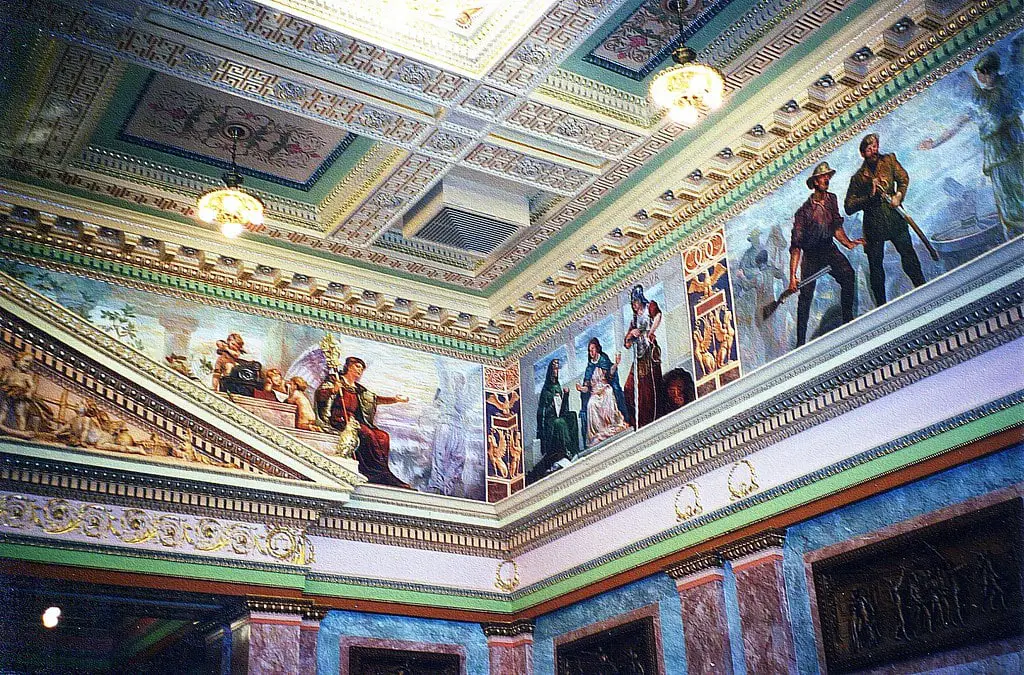
🍀


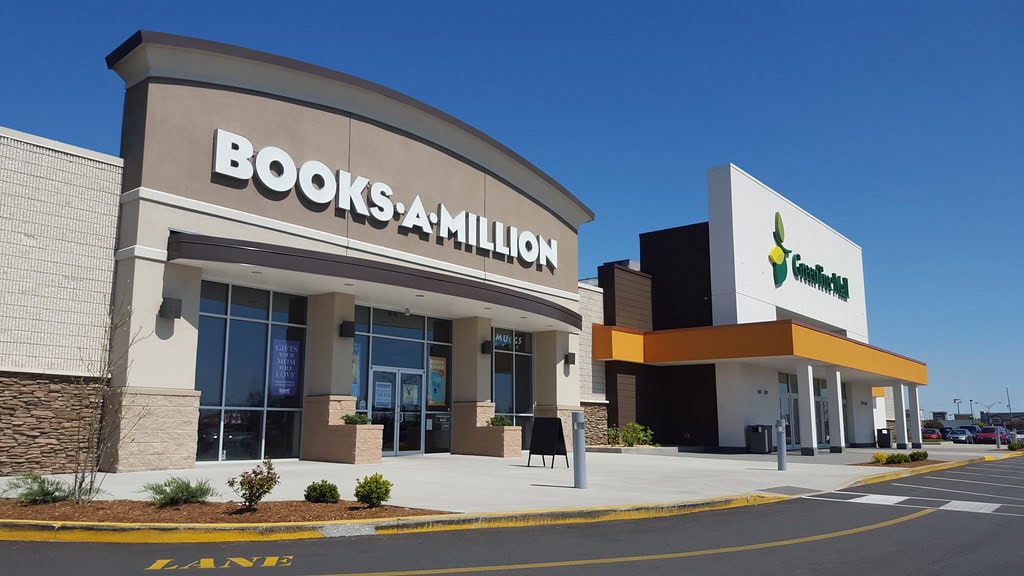
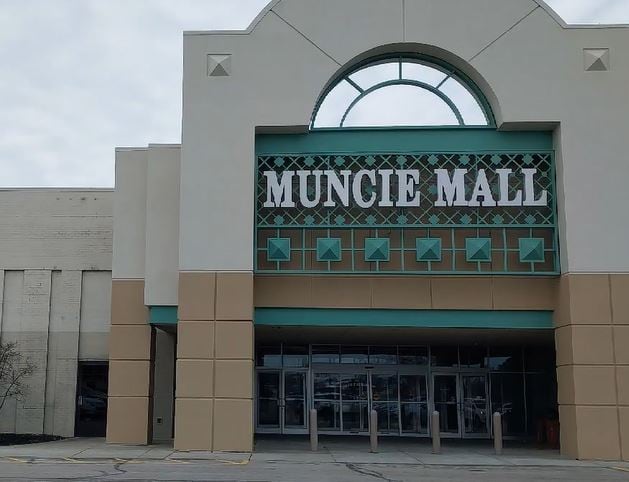
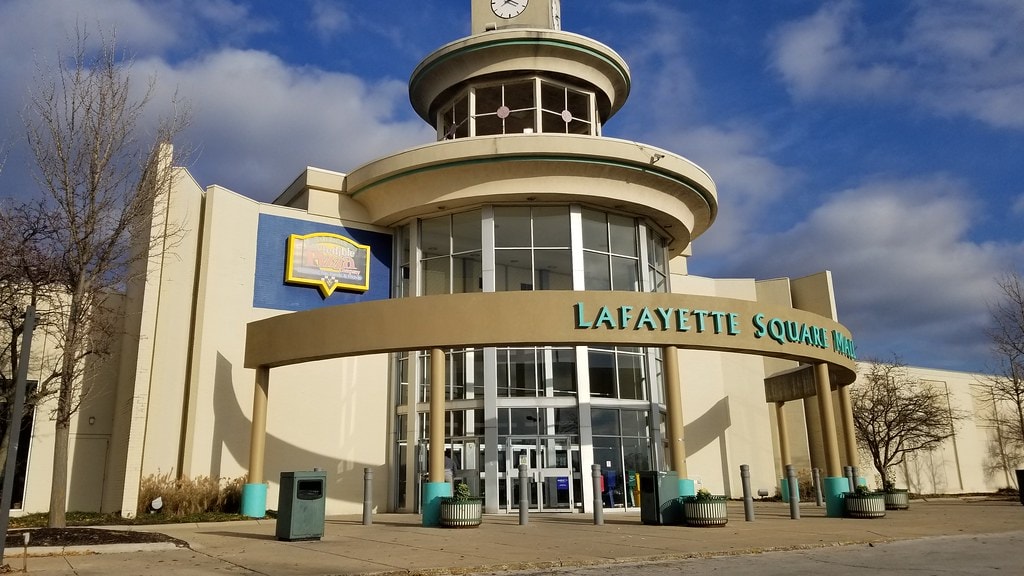

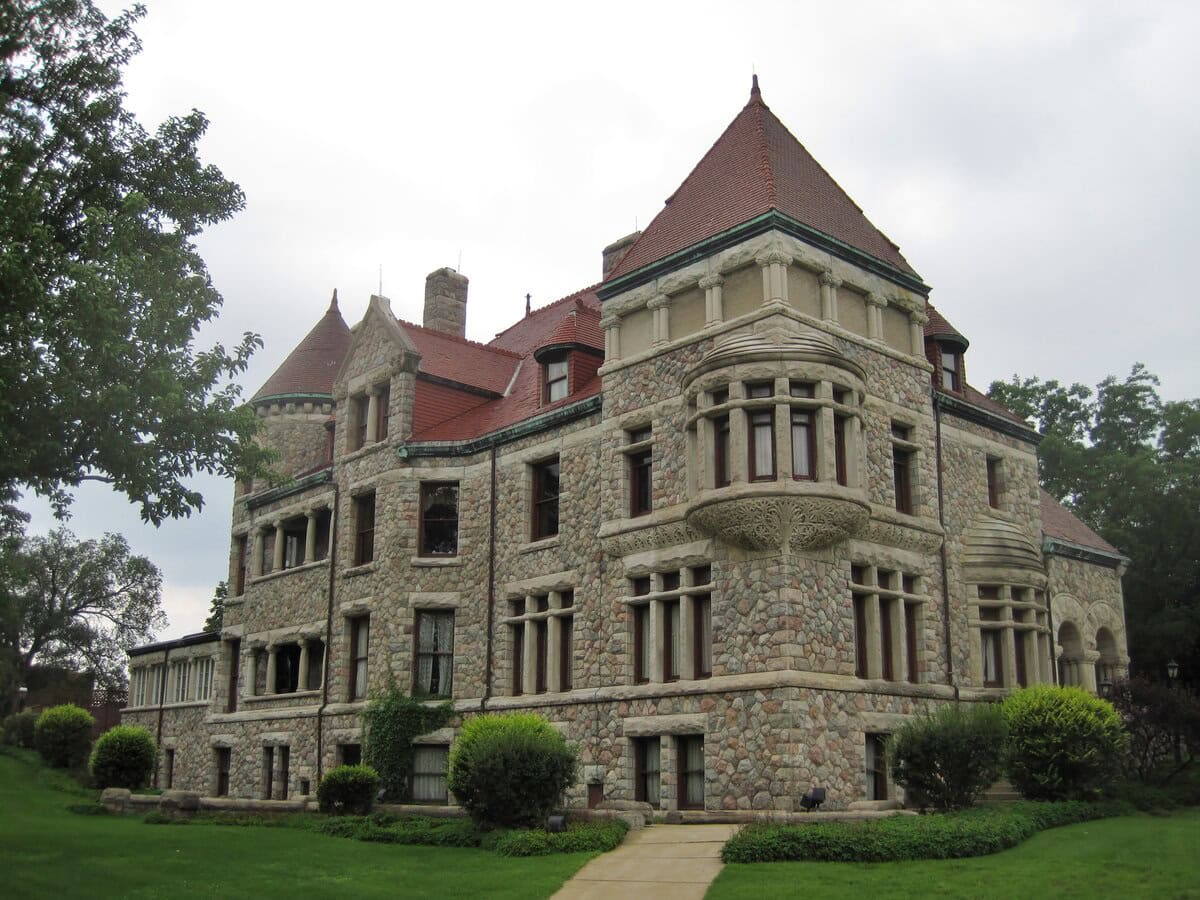
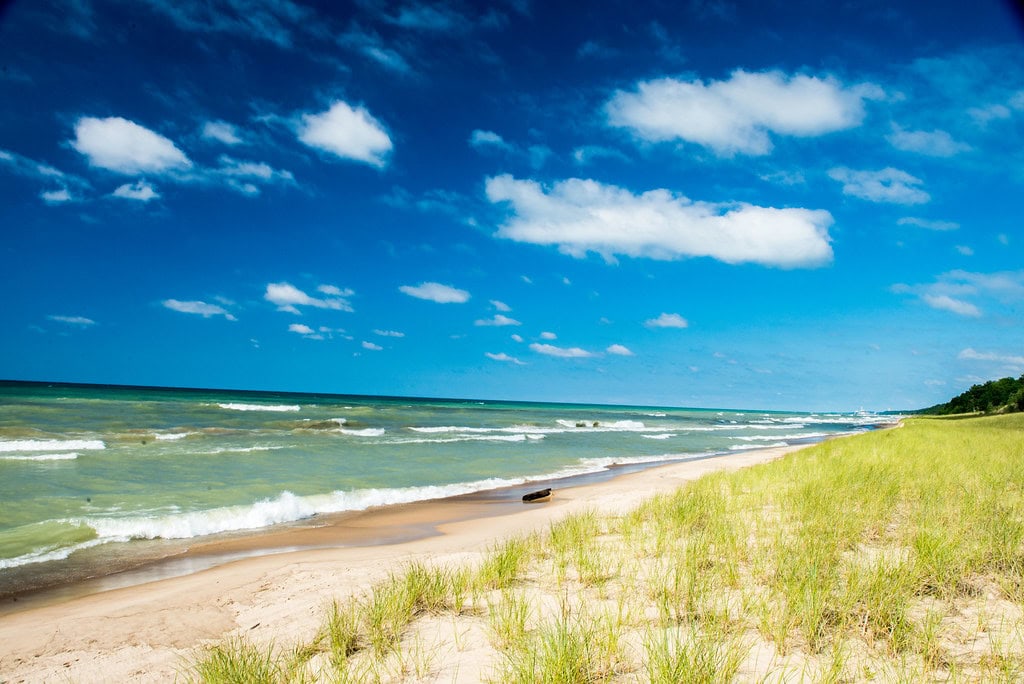
August Schnitker was on the original architect review board. His name is listed inside the courthouse. By brother seen it doing jury duty. August was the son of Christian Schnitker who the first Schnitker to settle in Allen County from Prussia, Germany.
What a great family connection to Allen County’s history. It’s wonderful to learn about August Schnitker’s contribution. Thank you for sharing!